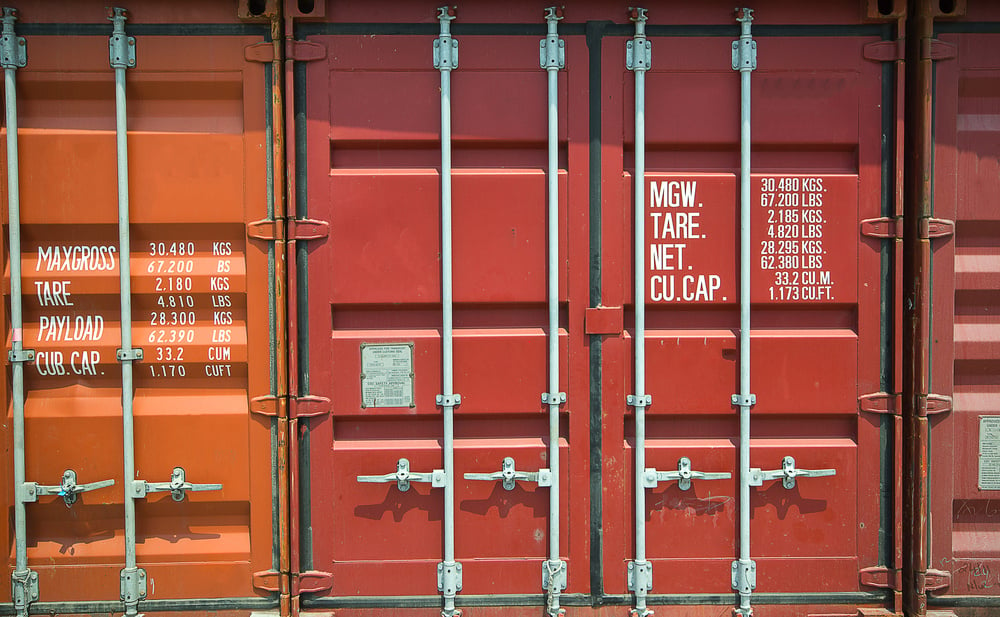
Transmodal Monthly Update October 2025
Here are some of the top stories impacting global supply chains:
There may be a new kind of supply chain disruption on the way. A recent study found that 89% of global executives have experienced energy-related disruptions in the past year, with 83% of them predicting that power reliability will drive the next major supply chain crisis. One factor that seems to be key is the rise of AI adoption, with most executives expecting facility power needs to grow 10 to 50% over the next five years. Only 27% of organizations have upgraded power resilience, and over half aren't prepared for long outages at all. The result? 77% of those who responded are building regional self-sufficient networks and energy reliability now outweighs their labor costs and tariffs in facility location decisions. Many would even consider relocating after a few major power outages.
Our take: COVID, the Suez Canal, labor strife, the trade war, and now energy concerns… Supply chains have been through a lot the past 5 years. Each challenge has reinforced the need for importers to build supply chain resilience and be prepared for what’s to come. Talk with Transmodal if you are considering making changes to your supply chains and need help estimating cost and service impacts.
Read more here.
Global air cargo demand was up by 4.1% in August compared to a year earlier, marking six consecutive months of year-on-year growth, according to IATA. Capacity increased by 3.7%, partly because of shippers shifting from high-value goods from sea to air so they could manage tariff risks. The demand was especially strong on Europe-Asia, within Asia, Asia-Africa, and Middle East-Asia routes. At the regional level, Africa led with 11% growth, followed by Asia Pacific at 9.8%. However, North America saw a 2.1% decline.
Our take: Air freight has remained strong during a chaotic 2025. With so many rate and service changes by carriers (in air and ocean), the time is good to review the routing choices you’ve been making. Assumptions you have been operating under in terms of costs and transit times may have changed.
Read more here.
Who controls the world's port terminals has become a growing geopolitical concern, with the US and China competing for influence, at least according to CMA-CGM. The US wants to limit Chinese control of strategic global ports and is backing bids by Western firms for key assets and has an eagle eye on Chinese stakes in places like the Panama Canal in Europe. On the other hand, China, meanwhile, is arguing that its port investments are nothing more than normal commercial cooperation. Regardless, the EU is tightening its review of Chinese stakes in its infrastructure, even though Chinese firms already hold interest in about 30 EU port terminals.
Our take: Ocean carriers are already shifting routes as a result of the U.S. plan to impose fees on Chinese-built vessels. If global port ownership becomes another factor importers and carriers need to factor in, supply chains could become even more complex. This is another thing companies need to be watching to know if any of their usual ports are impacted.
Read more here.
